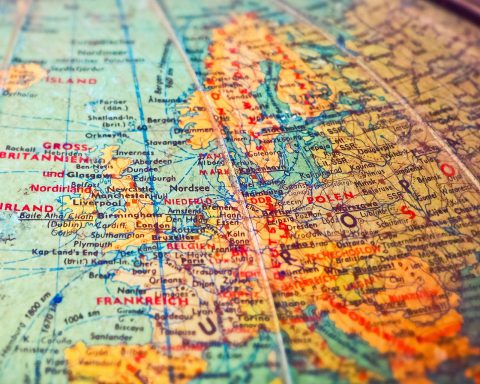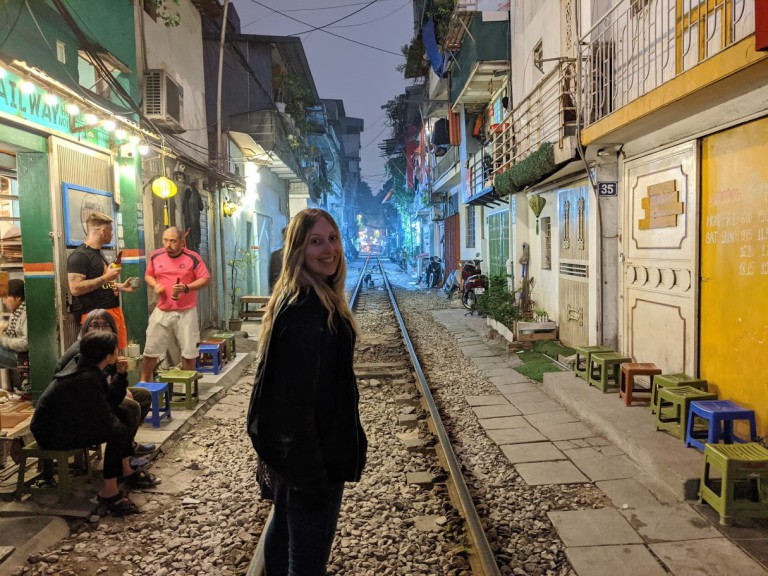Even before the pandemic turned our world upside-down, I often felt as if I was wading in a sea of news, rules, and obligations. But this is a really good moment to point out that the quality of the information we receive on a daily basis has a big impact on our ability to take care of ourselves and our society. The most important thing in any crisis is to know what to do – whether that’s to wear a mask and keep a distance of two meters, or whether that’s to keep calm and carry on. So how do we cut through the chatter and learn the facts? If you’ll allow me to step up on my soapbox, I would love to talk about why plain language matters more than ever, but not just in times of crisis.
What is plain language?
Simplicity or clarity can mean different things to people – especially if they come from different backgrounds. But plain language is a general notion that can apply to most if not all languages and contexts. The International Plain Language Federation explains it this way:
“A communication is in plain language if its wording, structure, and design are so clear that the intended readers can easily find what they need, understand what they find, and use that information.”
The idea of plain language has been around for thousands of years. An educator way back in Roman times supposedly said, “One should aim not at being possible to understand, but at being impossible to misunderstand.” Still applies today, right? In the latest century, this topic has gained increasing support in both public and private arenas. Campaigns and even official laws in support of plain language have grown in popularity and support around the world.
In Germany there is a strong distinction between two levels of plain language. Leichte Sprache (sometimes called “Easy Read” in English) is a specific style of writing with established rules about how to present information so that people with learning difficulties can understand it. You may have already encountered it as an option on some websites for public agencies. Here is one example related to the coronavirus. Einfache Sprache, on the other hand, has guidelines rather than strict rules and is intended for a much broader audience. This is the level of language that I will be talking about in this article.

Why do we need plain language?
One major misconception is that plain language is used because people are not smart enough to understand the “normal” way of writing. That’s simply not true, although literacy is a factor, and the average reading level in any given country might surprise you.
There are many other factors that affect your ability to read and retain information. For example:
- receiving information out of context,
- or in a stressful situation like in a hospital or courtroom,
- or in your second or third language,
- or maybe all of the above… at once! (I wouldn’t be surprised if some of you have had an experience like this in the past few weeks.)
These are just some conditions that work against you understanding information that have nothing to do with your level of education. We also encounter everyday disturbances like feeling sick, being in a rush, or dealing with any number of distractions on any number of devices.
Plain language not only supports public order by telling people what they need to do health-wise, money-wise, and so on. It’s also good for business. When customers understand their options and know what to do, that’s less time and money the company has to spend assisting them through tedious customer service processes. It’s helpful and it saves money.
So how do you use it?
Plain language methods help to make information immediately easier to take in. Some common elements that make text easier to read are:
- short sentences in the active form,
- clear headings and subheadings to allow for easier scanning,
- shorter paragraphs instead of long blocks of text,
- common everyday words instead of technical or foreign ones,
- addressing the reader as “you” instead of “the customer” (for example),
- visual aids like illustrations, icons, graphs, and diagrams.
The principle of plain language also goes beyond the text. There are other dynamics at play here, like good design, accessibility, and transparency. It’s no help that the text is clear if no one can find it. Or if only a portion of the information is in plain language. But, the text is certainly a start.

Why wouldn’t someone use plain language?
Speaking in clear and simple terms sounds like common sense, right? Sadly, it’s not. Here are a few reasons why people might write in a complex or confusing style:
- They work with the subject on a daily basis and are not used to explaining it to someone outside of this context.
- They are trying to fit in or impress the audience by writing in a style that sounds more intelligent, official, or that uses particular jargon. (Synergy!)
- They think plain language means “dumbing it down” and worry that might harm their reputation.
- That’s the way it’s always been written, so why should it change?
- They are intentionally trying to hide the truth or alienate readers.
This is not to say that there is no time and place for complex language. Certain topics amongst a specific set of people might demand it. Think about discussions amongst lawyers, doctors, or economists, for example. When you zoom in to granular details or zoom out to vast abstract concepts, you can only simplify so much.
But the key here is whether the information is for the general public – citizens, residents, consumers, or even people walking by on the street.

How does this relate to the global pandemic?
So, let’s bring this back to today. With a new world order came new language (for most of us). Suddenly, a group of experts had to explain something to people, who in turn had to explain it to more people, and so on. You can see how information might get confusing.
If you were like me, you had to look up new words like “PPE,” “shelter-in-place,” and “herd immunity.” Many news outlets like BBC, Vox, and Spiegel made glossaries to help us understand these foreign words that kept reappearing in our feeds. Leaders and experts tried to explain the latest developments on nightly news, but sometimes that caused even more confusion.
One positive thing that I see has come out of all of this is a newfound recognition of how difficult it can be to educate a population about a concept. So now think of other situations that you have encountered where a glossary would have been helpful. Paying taxes? Finding health insurance? Going through the immigration process? Just because we’ve been dealing with these systems longer than this new virus doesn’t mean we understand them any better. I certainly don’t. These are all concepts that, in my opinion, need plain language treatment to benefit the entire population.
I remember in the early days (back when it was just an “epidemic”) discussing with my family the meaning of “trouble breathing” – pretty vague – or “productive” versus “nonproductive” coughing – unfamiliar terms. These were crucial to understand because this is how we should know whether to go to the doctor or get a test. Eventually some helpful examples came forward, such as:
- Take a deep breath. Can you count to 30 quickly when you breathe out?
- Do you feel mucus in your throat when you cough?
Concrete examples can relate a foreign idea to your own experience. Through this, issues become easier to grasp and questions easier to answer.

But it’s not always simple fixes.
There are several good examples of plain language in this current crisis, like those from Bundeszentrale für gesundheitliche Aufklärung (BZgA), NHS, and WHO. (There are also plenty of bad ones, but let’s not dwell on those.) However, the issue of misinformation, or what some have called an “infodemic,” plays a major role in this as well. Finding accurate information, even if it is written simply, is especially challenging in the wild-west landscape of digital media. Fake news and personal opinions run freely, making it difficult to cut through the noise and find trustworthy sources. There are a lot of complex factors at play here that I will not dive into at this point.
What I will say is that with the sheer amount of news, as well as how rapidly it changes, plain language is especially important. Define new terms. Give examples. Ask clear questions. Use visuals. We can’t afford misinterpretation in a pandemic, but we shouldn’t tolerate it in peaceful times either.

“That sounds great, but what can I do about it?”
Keep a critical eye on the information that you receive on a daily basis. If you don’t understand something, ask for information in clear, concise language. The more often people demand plain language and reject convoluted status quo text, the sooner plain language will become the new standard.
If you’re responsible for sharing information to broad audiences, look into some resources about effectively using plain language. Or even better, find a professional who works with plain language for a living to guide you. They can help you understand your audience better, test the language’s effectiveness, and make sure your message is as close to “impossible to misunderstand” as it can be.
And if this is something you want to know more about, research the movements and organizations in your country (both where you live and where you are from) that support plain language efforts. I myself am involved with an association that works on an international level.*
Putting plain language into action broadly is not a simple task. If it were, I wouldn’t be here on this soapbox. But when more people have awareness, they will hopefully feel empowered to make or demand changes locally – which can ripple outwards and around the world.
(*) Hannah is an editor and board member at Plain Language Association International. You can reach her at hsdeditorial@gmail.com.









